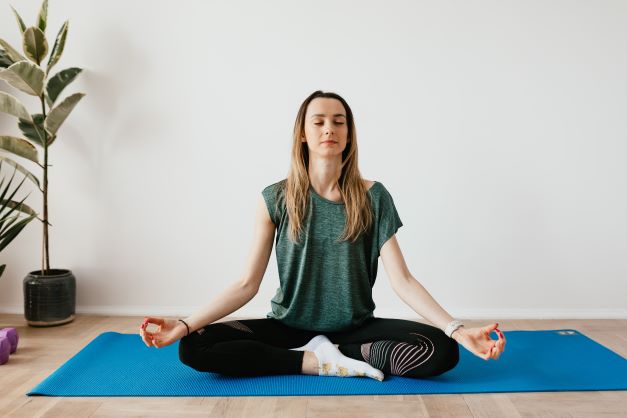What is Osteoporosis and how to prevent it?

How confident are you regarding your bones? How often do you find the aged ones around you complaining about their knee or joint pains? And, do you apprehend the same for you in future? Well, the reason for pain can be many and a doctor can precisely tell about the underlying causes behind that. But, what you can do, for now, is to have a basic info of bones, which will help you to know how important bones are for your body. As you read on, you will come to know how slowly bones degenerate and eventually how it might lead to many problems related to bones, like osteoporosis in your body. Yes, this quick guide will help you know about osteoporosis, symptoms of osteoporosis and what steps to be taken to prevent osteoporosis.
What is osteoporosis?
Osteoporosis means ‘porous bone’. Osteoporosis weakens bones in your body. If you are suffering from Osteoporosis, it means that you are at a greater risk of bone fractures. And, this can be sudden and unexpected.
If you have Osteoporosis, it means that your bone mass density is very low. The more disturbing fact is that osteoporosis develops in your body in your ignorance and you might have no symptoms or pains at all. This development in your body is usually not discovered till the time the weakened bone in your body causes painful fractures. Mostly, these fractures happen in hip, wrist and spine.
How is bone composed?
Our bones are composed of living and growing tissue. The outer covering of bones is of dense bones which cover the inside bones that look like sponge. The exterior of bones is extremely hard while the interior bones are spongy. The outer compact layer of bones has minimal gaps and spaces, while interior area is porous.
What happens in osteoporosis?
If you have osteoporosis, the inner spaces of bones grow larger. That means the pores inside become larger and because of this your inside bones weaken. So, bones break easily and you are at a greater risk of fractures. Also, after 35 you lose bone mass at the greater pace, and in women after menopause the rate of breakdown of bones is even quicker.
What are symptoms of osteoporosis?
Usually, this silent disease may manifest itself without any prior symptoms. However you can keep an eye on the following developments in your body:
- Pain in your lower back
- If you experience bone fractures
- If your breathing has become shorter
- Posture changes (if your body stoops or bend forward)
- If you lose height (by an inch or more)
Who are at risk of osteoporosis?
1.Aged people
Osteoporosis occurs both in males and females, but women are more likely to the develop it. Women whose age is more than 50 years are more susceptible to osteoporosis. This is because of rapid bone loss which occurs in the beginning years of menopause. And, as menopause slows down estrogen production in the body, so women experiencing menopause are at a greater risk of osteoporosis.
Osteoporosis affect man also who are above 50 years of age.
2.People with poor bone structure and body weight
Small, lean and thin people with less body weight are at a greater risk of osteoporosis in comparison to people who have more body weight and bigger body frames.
- Osteoporosis may run in the family
If your predecessors had a history of osteoporosis so you are more likely to have osteoporosis.
Apart from the above causes, some medicine, and certain disorders and diseases in your body can be blamed for osteoporosis. Certain overactive glands like thyroid, parathyroid or adrenal glands, or hormonal treatment to cure certain diseases, or some other diseases might be behind osteoporosis in your body. Also, the use of certain medications can be blamed for osteoporosis.
Prevention for Osteoporosis
If you already have osteoporosis, your health care provider can guide you the best. But before that, there are certain things in your hands which may help you avoid osteoporosis. Here is what you can do:
- Eating habits
If you are not getting enough calcium or vitamin D from your diet, you are at a greater risk of developing osteoporosis.
- Lifestyle
Don’t be inactive. If you are habituated to lead a sedentary lifestyle, you need to change that. People who are physically active have less chances of developing Osteoporosis.
- Tobacco and alcohol use
Abstain from tobacco and alcohol use as far as possible. Smoking increases the risk of fractures. Consumption of too much alcohol also may result in osteoporosis.
A 360-degree overview:
Healthy bones are very important to avoid Osteoporosis. Though you don’t have to take extra pains for keeping your bones strong in your body, but your ignorance and not having calcium and vitamin D can play havoc on your health. And, it might lead to Osteoporosis, which all on a sudden will set alarm bells ringing.
(The content of this article is for informational purpose only. It cannot be a substitute for advice from a medical practitioner. Read DISCLAIMER for more…)
Also read: How to keep your bones stronger








